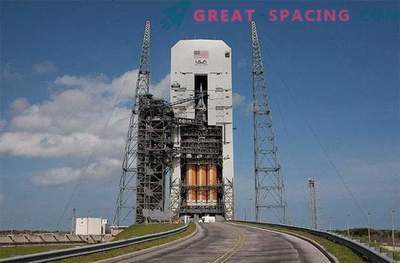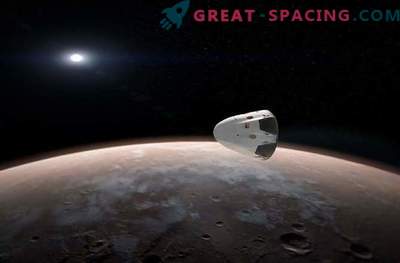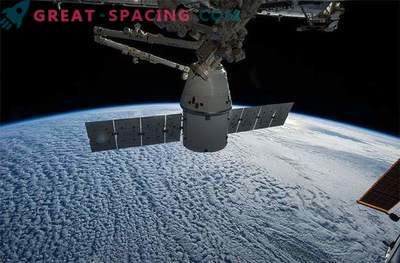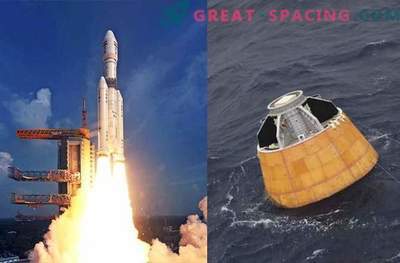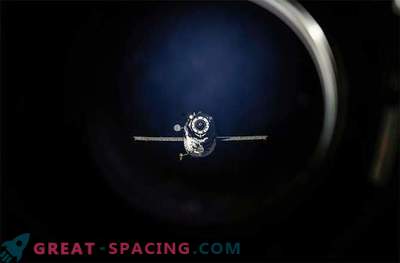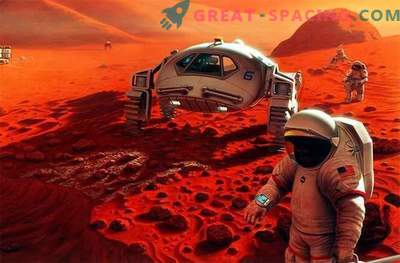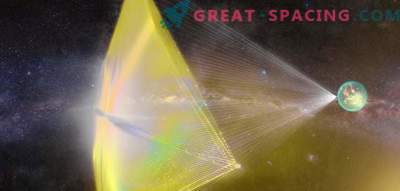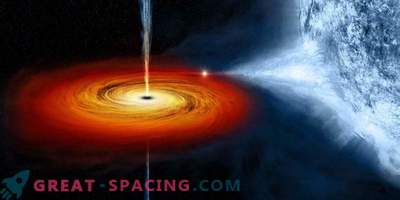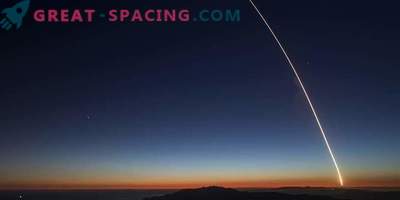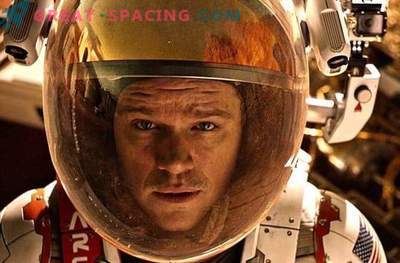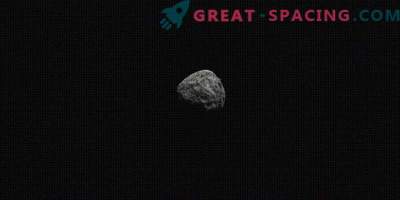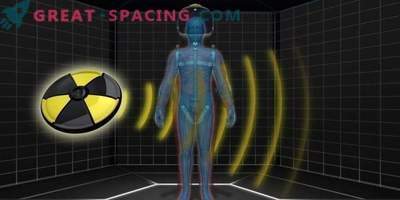
NASA’s spacecraft, which has been under development for almost a decade, this week is ready to make two orbital flights around the Earth to check its heat shield, parachutes and other equipment that may be needed one day for astronauts to fly to Mars.
Orion capsule is designed for four passengers, although during the test flight it will fly without a crew on board. Orion will eventually be paired with a new NASA heavy lift rocket called the Space Launch System or SLS, which is currently under development. For a test flight scheduled for Thursday from Cape Canaveral in Florida, the Delta 4 Heavy, which is currently the largest US missile, will be used as a launch vehicle.

Delta 4 Heavy - the largest US launch vehicle
Orion is the first spacecraft from the Apollo era, which is designed to carry astronauts beyond the Earth’s boundaries for several hundred miles, for example, to fly to the International Space Station.
“All that we have done is the International Space Station, which has been revolving around the Earth for the past 40 years,” said Mark Kirasich, deputy program director of Orion.
"Orion and the Space Launch System will once again light the fire of humanity’s desire to conquer outer space, and send people farther than they were ... to Mars," he added. The long journey to Mars is scheduled to begin immediately after sunrise on Thursday, when the United Launch Alliance Delta 4 Heavy rocket will bring Orion into Earth's orbit. The upper stage of the rocket will lift the capsule higher and higher until it reaches a height of 3,600 miles, which is almost 15 times further than the orbit of the International Space Station. From this point on, Orion will go back to Earth and enter the atmosphere at a speed of 20,000 miles per hour.
The main purpose of the flight is to check the Orion heat shield, which will heat up to more than 4,000 degrees Fahrenheit and its 11 parachutes, which will reduce the speed of the capsule to 20 miles per hour. The flight is expected to end through a 4.5 dive in the Pacific Ocean 600 miles south of San Diego, California.
NASA hopes to eliminate or at least mitigate 13 of Orion’s 17 most complex technical problems, including the pyrotechnic separation of rocket and space components, the thermal protection system and the ability of the capsule equipment to withstand high levels of radiation.
NASA began work on the Orion program after the abolition of the moon exploration program in 2005. To date, the agency has spent more than $ 9 billion on the project. The second unmanned test flight with the SLS missile is expected to take place in 2018. The first manned flight is scheduled for 2021.
